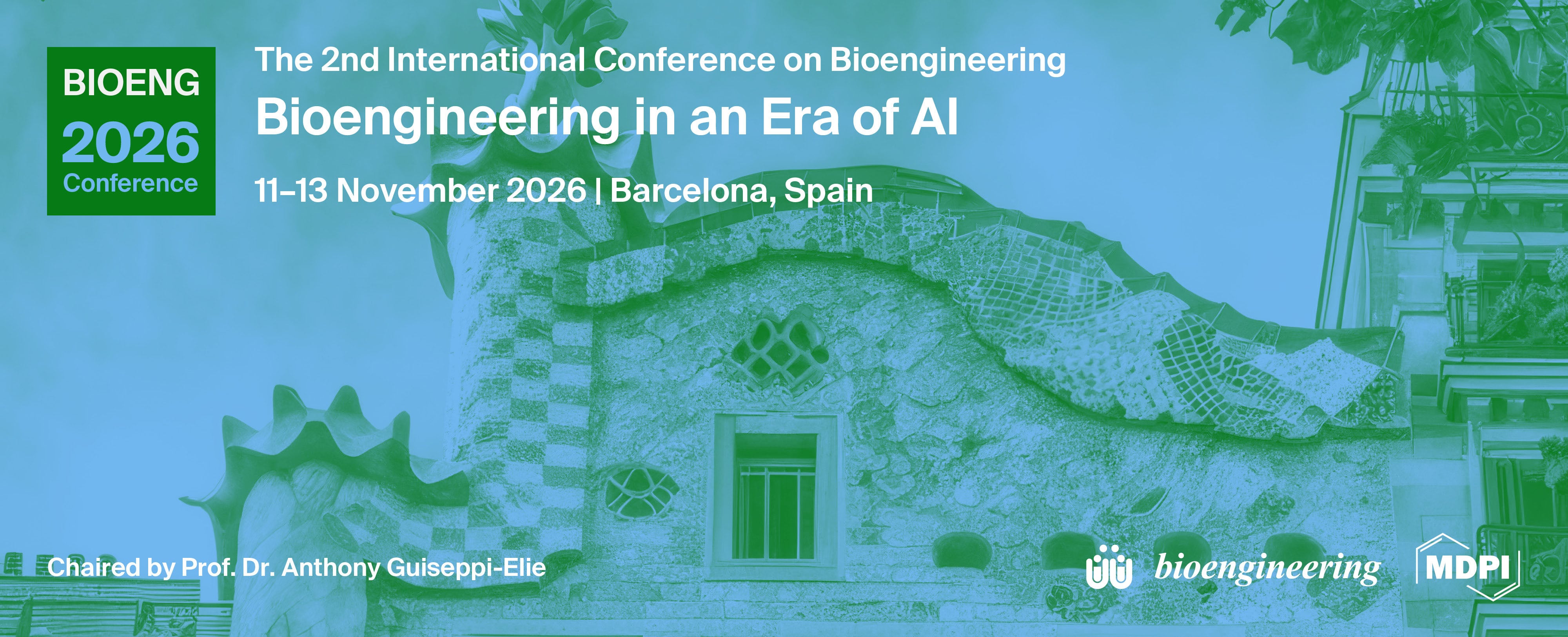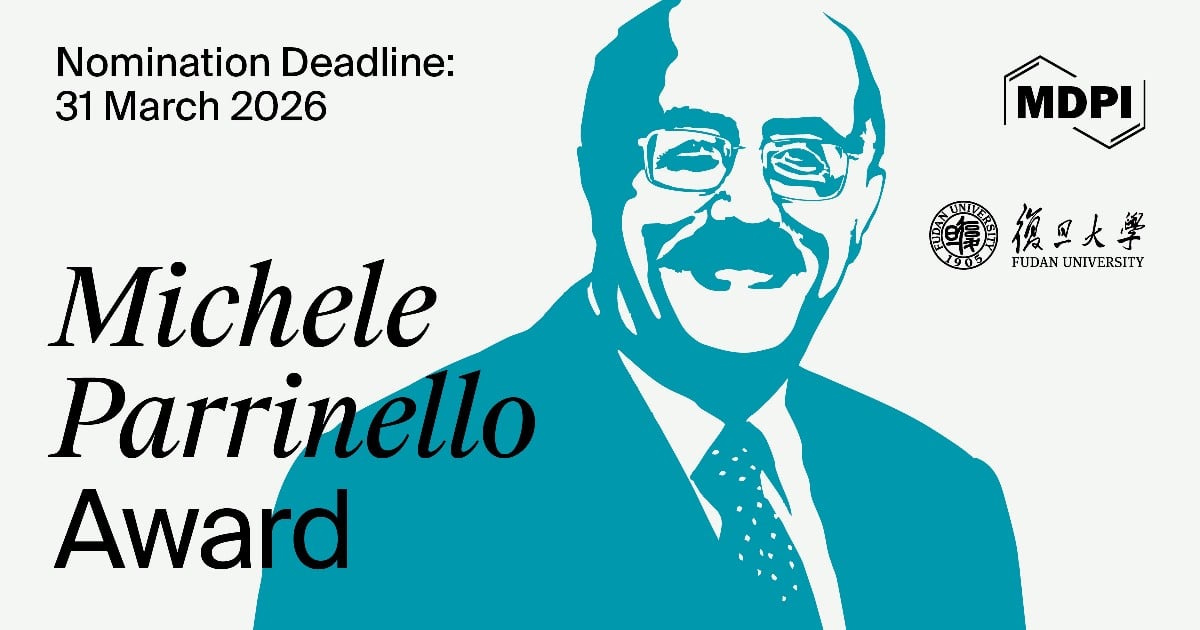-
 Ultra-High Resolution 9.4T Brain MRI Segmentation via a Newly Engineered Multi-Scale Residual Nested U-Net with Gated Attention
Ultra-High Resolution 9.4T Brain MRI Segmentation via a Newly Engineered Multi-Scale Residual Nested U-Net with Gated Attention -
 The Effect of Electrical Stimulation on the Cellular Response of Human Mesenchymal Stem Cells Grown on Silicon Carbide-Coated Carbon Nanowall Scaffolds
The Effect of Electrical Stimulation on the Cellular Response of Human Mesenchymal Stem Cells Grown on Silicon Carbide-Coated Carbon Nanowall Scaffolds -
 A Novel Unsupervised You Only Listen Once (YOLO) Machine Learning Platform for Automatic Detection and Characterization of Prominent Bowel Sounds Towards Precision Medicine
A Novel Unsupervised You Only Listen Once (YOLO) Machine Learning Platform for Automatic Detection and Characterization of Prominent Bowel Sounds Towards Precision Medicine -
 Advancements in High-Resolution Computed Tomography: Revolutionising Bone Health Micro-Research
Advancements in High-Resolution Computed Tomography: Revolutionising Bone Health Micro-Research -
 A Community Benchmark for the Automated Segmentation of Pediatric Neuroblastoma on Multi-Modal MRI: Design and Results of the SPPIN Challenge at MICCAI 2023
A Community Benchmark for the Automated Segmentation of Pediatric Neuroblastoma on Multi-Modal MRI: Design and Results of the SPPIN Challenge at MICCAI 2023
Journal Description
Bioengineering
- Open Access— free for readers, with article processing charges (APC) paid by authors or their institutions.
- High Visibility: indexed within Scopus, SCIE (Web of Science), PubMed, PMC, CAPlus / SciFinder, Inspec, and other databases.
- Journal Rank: JCR - Q2 (Engineering, Biomedical)
- Rapid Publication: manuscripts are peer-reviewed and a first decision is provided to authors approximately 19.2 days after submission; acceptance to publication is undertaken in 3.3 days (median values for papers published in this journal in the first half of 2025).
- Recognition of Reviewers: reviewers who provide timely, thorough peer-review reports receive vouchers entitling them to a discount on the APC of their next publication in any MDPI journal, in appreciation of the work done.
Latest Articles
E-Mail Alert
News
Topics
Deadline: 31 December 2025
Deadline: 31 March 2026
Deadline: 31 May 2026
Deadline: 31 August 2026
Conferences
Special Issues
Deadline: 25 December 2025
Deadline: 31 December 2025
Deadline: 31 December 2025
Deadline: 31 December 2025





























